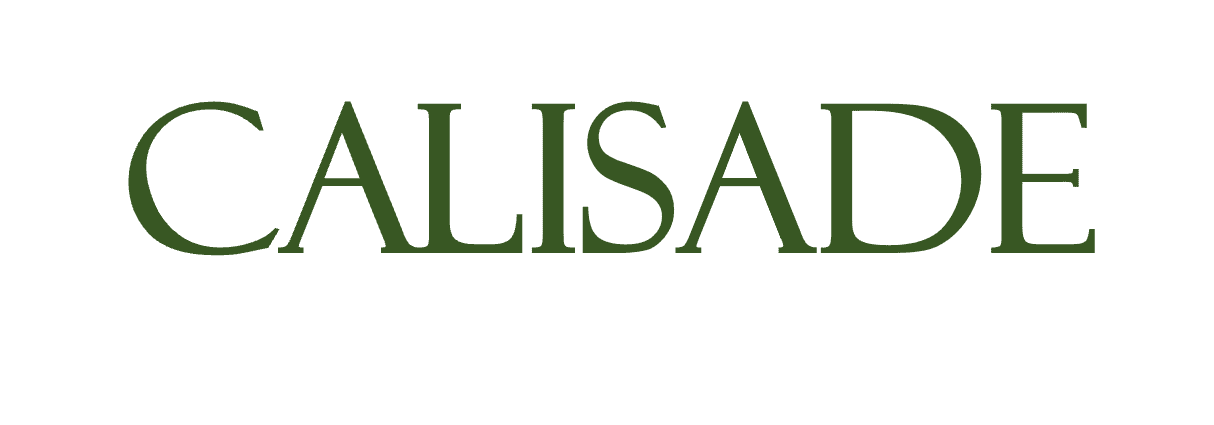Exploring what a Recession Tends to Mean to Market Multiples
Investors often focus on price when the market tumbles—but understanding the valuation behind that price is just as important. One of the most widely used valuation metrics is the Price-to-Earnings (P/E) ratio, which compares a company’s share price to its earnings per share. At the index level, the P/E ratio for the S&P 500 gives a broad view of how the market values corporate profits.
So, how does this ratio behave during recessions? Let’s look at the data—and what it might signal for investors navigating economic slowdowns today.
The P/E Ratio and the Business Cycle
The P/E ratio can compress or expand based on investor sentiment, interest rates, and profit expectations. During economic expansions, P/E ratios tend to rise as investors anticipate stronger future earnings. In recessions, the dynamic can flip.
Historically, the S&P 500’s trailing P/E ratio has averaged around 15 to 16, though it has trended higher in recent decades, often exceeding 20 during bull markets.
But during recessions? That’s when things get interesting.
Historical P/E Ratios During Recessions
Let’s look at some key recession periods over the last 50 years and the corresponding trailing P/E ratios:
| Recession Period | S&P 500 P/E at Start | Trough P/E | Post-Recession P/E |
|---|---|---|---|
| 1973–1975 | ~19.3 | ~7.7 | ~11.6 |
| 1980 | ~9.3 | ~7.4 | ~8.6 |
| 1981–1982 | ~9.8 | ~7.2 | ~9.7 |
| 1990–1991 | ~15.6 | ~14.2 | ~18.2 |
| 2001 | ~25.0 (tech bubble) | ~18.6 | ~20.3 |
| 2007–2009 | ~17.6 | ~13.0* | ~22.0 |
| 2020 (COVID-19) | ~23.0 | ~20.5 | ~35.0+ (stimulus-fueled)** |
*Some sources report lower P/E ratios during the Global Financial Crisis due to earnings volatility.
**2020 data includes a sharp earnings drop, which skewed P/E ratios higher even as prices rebounded.
Why the P/E Falls—Or Doesn’t
In theory, recessions should cause the P/E ratio to fall because:
Earnings decline, making stocks look more expensive.
Investor sentiment weakens, reducing what people are willing to pay for future earnings.
Interest rates often fall, which can have a counterbalancing effect—especially in recent decades.
But the picture isn’t always clear-cut. For instance, in 2001 and 2020, earnings collapsed quickly while prices remained high or rebounded fast due to massive policy interventions, causing P/E ratios to rise, not fall.
What This Means for Investors Today
As of this writing, with the S&P500 just having closed at 4982, the index trades at a trailing P/E around 23. That is elevated by historical standards. If a recession were to begin, history suggests that:
P/E multiples could compress sharply if earnings remain flat or fall.
Investor sentiment might shift toward caution, dragging down valuations.
Interest rate policy and stimulus expectations could complicate the picture
The key takeaway? Valuation matters, and understanding where we sit in the cycle—and what history tells us—can help investors distinguish between justified optimism and overvaluation.
At Calisade, we believe that rigorous, multi-lens analysis—combining macro, valuation, insider behavior, and technical signals—is essential to navigating these market turns with conviction.

